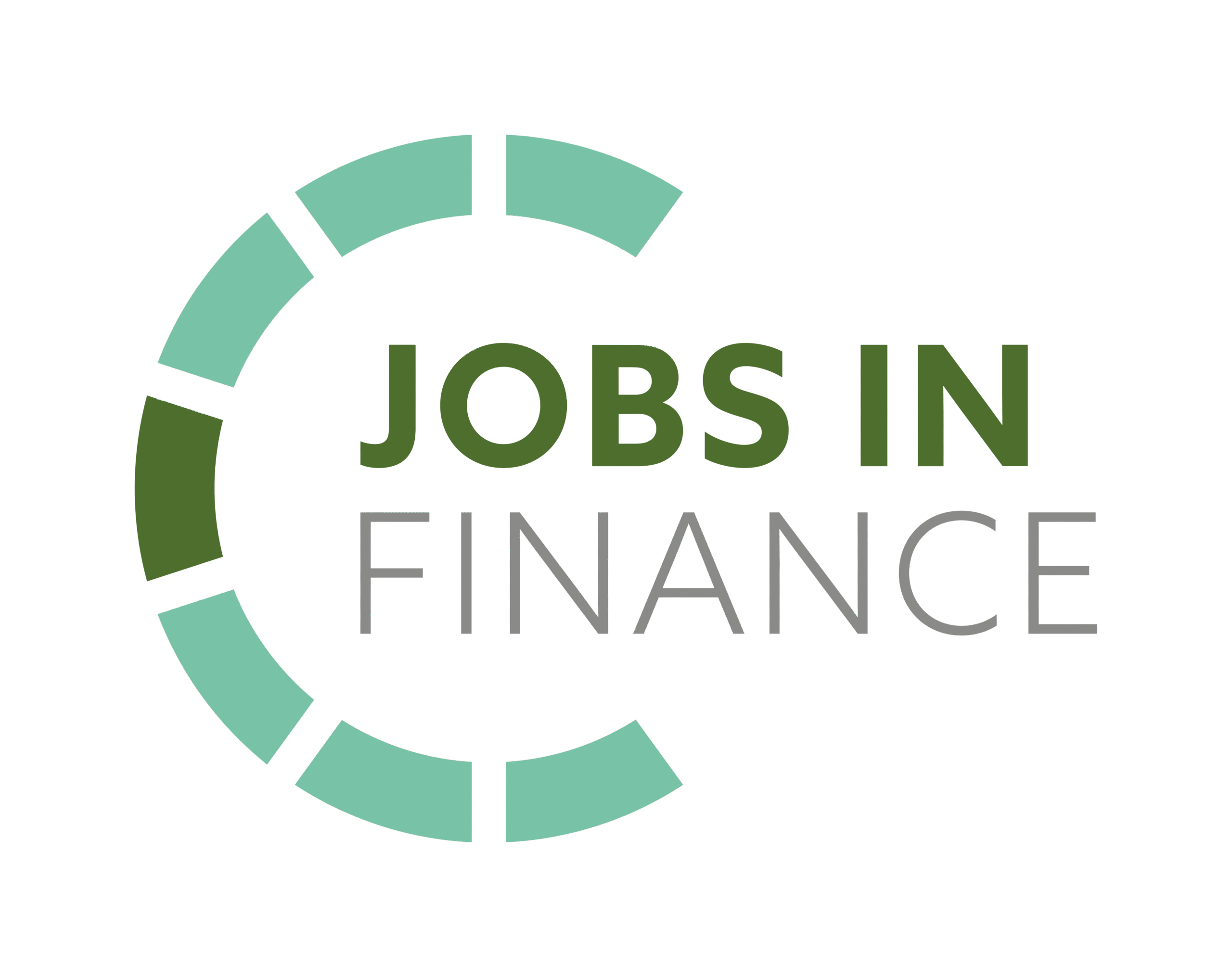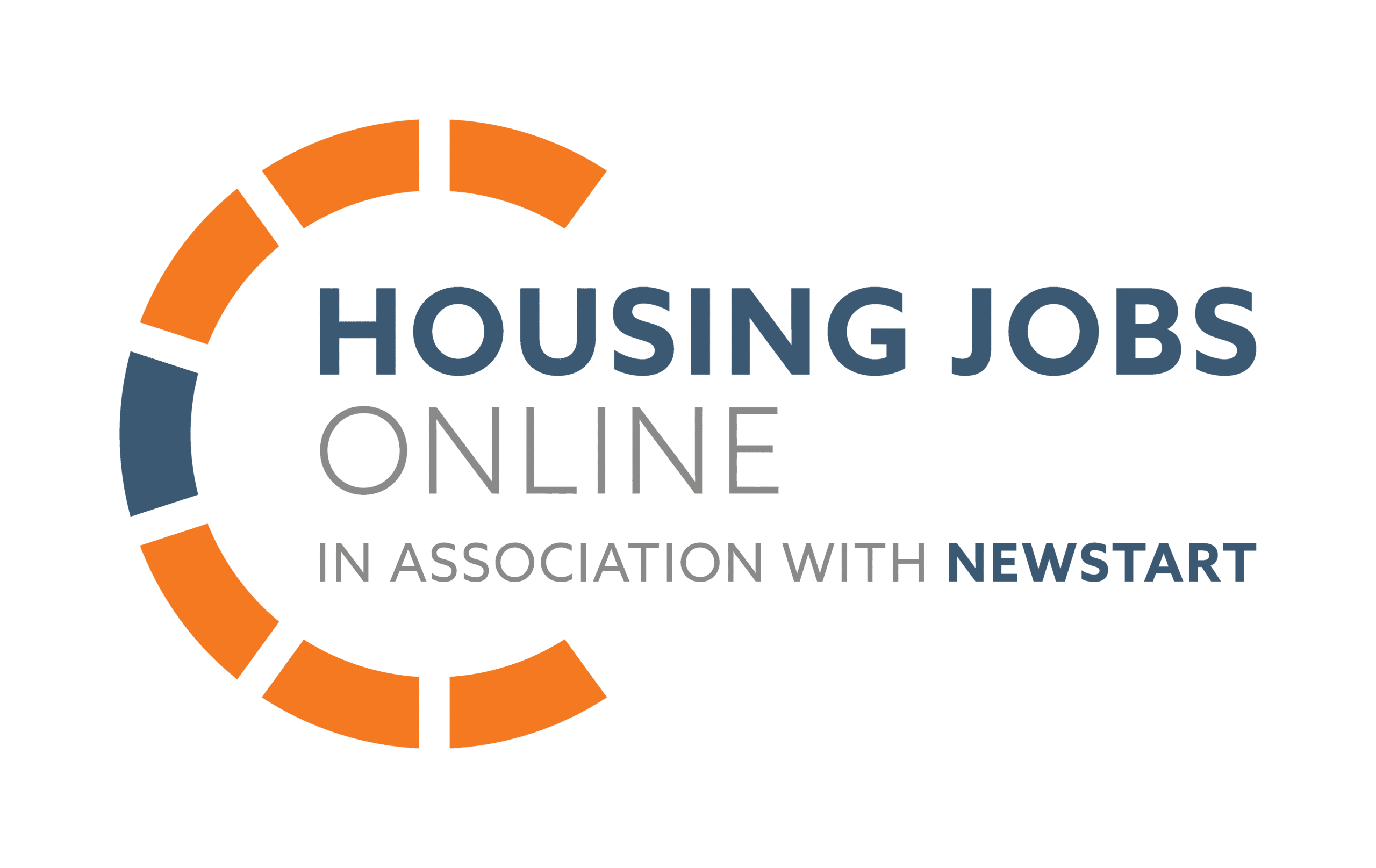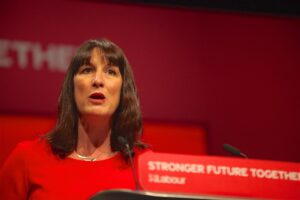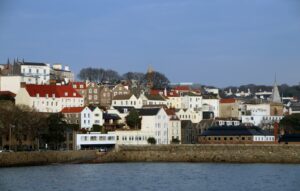The announcement comes in a bid to tackle ‘the most profound housing crisis in the capital’s history’.
Today (Friday 9th May) the Mayor of London has revealed low-quality and inaccessible green belt land will be released in order to construct more affordable homes – this is the first time City Hall have supported such a decision.
Currently, it is understood that areas near transport links are favoured to be released first.
The news comes as the latest figures show London currently builds around 35,000 homes each year – less than half of the 88,000 homes Khan said the city needed to meet demand annually. What’s more, it has been revealed around one million new homes could be needed in the next ten years to address the housing crisis that has been plaguing the city for decades.
‘The status quo is wrong, out-of-date, and simply unsustainable,’ Sadiq Khan said. ‘Development on carefully chosen parts of the green belt – done in the right way – would allow us to unlock hundreds of thousands of good-quality new homes for Londoners.
‘As mayor, I’m not willing to ignore such a prospect just because it might be politically difficult – not when the life chances of the next generation of Londoners are on the line.’
The plans are set to form part of a wider consultation on the next London Plan, which will outline the mayor’s vision for how the capital city will develop over the next 20-25 years.
Since the announcement, the idea to build on green belt land has received mixed reactions. London Councils have welcomed the plan as well as chief executive of Generation Rent, Ben Twomey, who said the policy would protect Londoners from the ‘eye-watering cost of renting’ that had forced many into homelessness.
To give context, the most recent statistics from London Councils show one in 47 Londoners are homeless with over 183,000 people in temporary accommodation.
Likewise, Phillip Allin, Director of Boyer, remarked that the announcement ‘has the potential to result in a significant step change in housing delivery’.
‘There are numerous examples of underperforming Green Belt in highly accessible locations that could now come forward for development as a result of this change, particularly in the outer London Boroughs. The key will be ensuring that the benefits of doing so are clearly articulated and delivered with buy-in from the London Boroughs, something that is no doubt easier said than done,’ he added.
Despite this, an array of nature campaigners have told Khan that building on the green belt isn’t an option. Roget Mortlock, chief executive of the countryside charity CPRE said: ‘The answer [to the housing crisis] isn’t build on local parks, playing fields and farmland, it’s to transform the market and hold developers to account with ambitious and enforceable targets for social and genuinely affordable homes.’
Meanwhile, Zoë Garbett, green party London Assembly Member, has also said the plans won’t help solve housing problems.
‘The Mayor’s green belt proposal talks about affordable homes, but that’s just developer-speak for housing that’s still out of reach for most people. There’s no guarantee of 100% social housing in this plan, just vague promises dressed up as affordability,’ Zoë explained. ‘If we’re serious about fixing this crisis right now, we need to be honest about what actually works. That means freezing Right to Buy to stop the loss of desperately needed social homes.
‘It means cracking down on long-term empty homes, with thousands of properties left unoccupied while families are forced to sleep in temporary accommodation. It means regulating Airbnb-style short lets that are hollowing out communities and driving up rents. And it means implementing rent controls so we can break this cycle of unaffordability and take back control of our housing.’
Photo by Martin Sepion via UnSplash
In related news:
















Leave a Reply